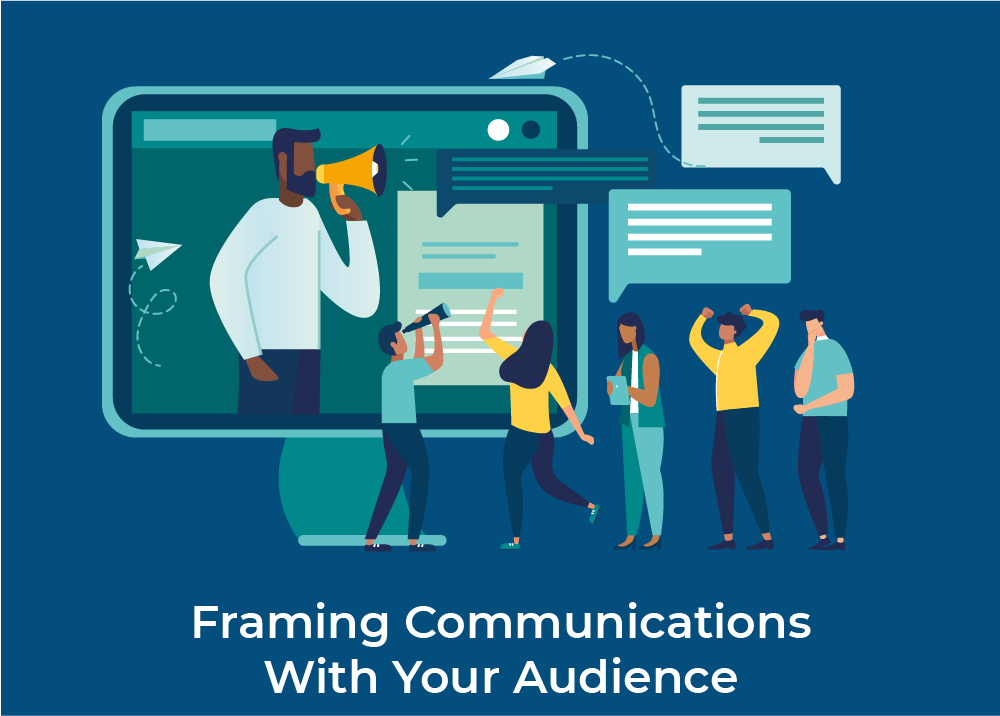How To Define Your Audience
Jasmine Timar
The first step in any outbound communications is always going to be defining your audience. This step is essential for deciding how you are going to frame your content and what aspects you are going to emphasize in your communications. It is important that you internalize this audience, or audiences in all of your outreach for consistency’s sake. The three phases of selecting your audience are going to help you to narrow down your final priority audience for communications: segment the market as a whole, evaluate the defined segments, and select your priority segment. These steps are going to help you to decide how to frame your content and what the benefits are that make it interesting to the priority audience. In segmenting your audience, you’re going to find that the resulting groups are going to have a variety of ties that link them together across their interests, values, lifestyles, needs, behaviors etc. And those links will often be the deciding factor in how you phrase your content to gain their attention over time.
Different ways you can segment your audience:
Traditional demographics:
-
- Age
- Gender
- Marital status
- Family size
- Income
- Occupation
- Religion
- Education
- Nationality
- Ethnicity
Geographic segmentation
-
- Cities
- States
- Countries
- Continents
- Places of work
- Commute patterns
Psychographic segmentation
-
- Lifestyle
- Social class
- Values
- Personality

Stage of the buying process: another good way to segment your audience in addition to a combination of the above factors is to think about what stage of the buying process you’re hoping to reach them at. Are you looking to provide information like a blog at an early stage or a demo to someone who already has a good idea of what they want? And how would your messaging vary by stage? These are all important factors when building an audience and starting to structure your messaging.
One way to start is by considering the base applications of your product or service, what aspects of life does it impact? For whatever you produce, you are looking for how it can change the lives of people and whose lives it would impact the most significantly.
If you’re selling plants, you want to think about what kind of demographics are the most interested in those plants. It would differ depending on the type, indoor versus outdoor, gardening vs. ornamental, and then if you were writing up marketing content around those plants then you could tailor your language to match the people who find you. So while in the past the primary demographic might have been mostly women for indoor plants, its now in style for young people across genders. So the new targeting would be young adults of the ages 20-35 and then primarily women in the ages above those. Then you would factor in your region and how you plan on participating in the selling process. Are you looking for people in your area? Are you focusing on online sales? A mix of the two? How can you leverage all of your communications to target the exact mix of people that are going to lead to the most success for your business? These are all of the ways that building out a structured audience can help to lead your business to success. With tailored and focused messaging, you’ll use your time as efficiently as possible to get eyes on your brand so you don’t waste your time or advertising spend on demographics that your solution or products aren’t the best fit for.






